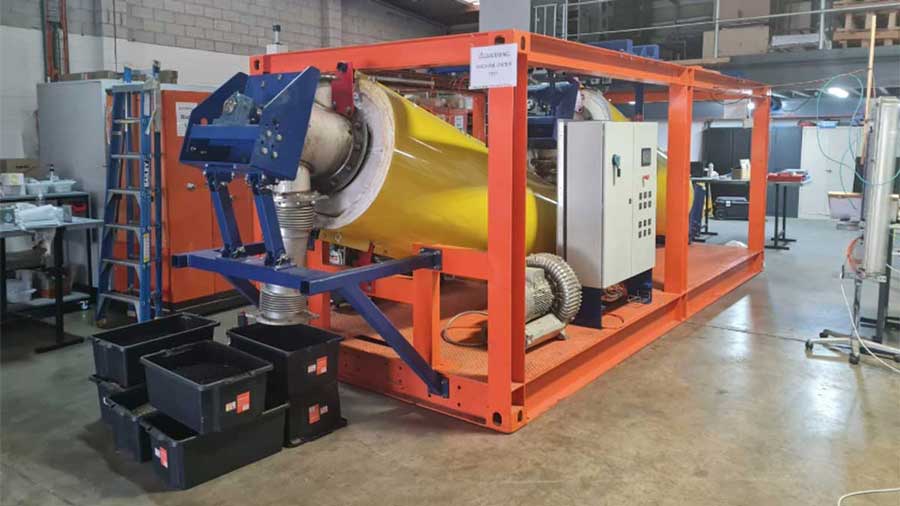Patriot’s portable hydrogen production units are in high demand

Patriot has the buyers lining up. Pic: Getty Images
Patriot Hydrogen has the customers lining up, with a second buyer signing on to buy its revolutionary, portable “P2H” units for hydrogen and power production.
Sweetman Renewables is the next in line to sign a binding agreement for one P2H unit initially, scaling that up to 15 units over the next two years.
The new deal comes less than a week after Patriot revealed it had secured a deal to supply 2 units to Port Anthony Renewables.
While traditionally hydrogen production requires the construction of multi-billion-dollar facilities, Patriot’s portable Patriot branded P2H units make hydrogen production possible in more remote locations.
The unit being purchased by Sweetman Renewables will be used to generate green hydrogen-rich syngas to drive a purpose designed generator to power the company’s sawmill operations.
The output of a single P2H unit driving a local generator will produce about 750 kilowatt-hours of dispatchable power – enough to nearly fully power the whole Sweetman plant, significantly lowering operational costs and alleviating the need for the company to solely rely on power from the grid.
Patriot, which is proposed to be 20 per cent owned by ASX-listed Prominence Energy (ASX:PRM) subject to PRM shareholder approval and due diligence by PRM, has the exclusive Australian licence for a scalable containerised hydrogen production system capable of delivering compressed hydrogen and biochar in Australia by late 2021/early 2022.

The P2H units have an initial production target of 1 tonne per day of hydrogen per unit, with an anticipated scale up in production within the next three years.
Green hydrogen is produced using renewable energy, meaning it produces no CO2 emissions compared to other types of hydrogen production.
Patriot’s P2H units are unique in that they will utilise waste and biomass to produce the hydrogen or syngas as a fuel to power an engine driven generator set to deliver base load electricity in regional locations.
The biomass being used is waste wood left behind by timber mills because it is not suitable or has defects as well as other wood that ends up in landfill.
The modular hydrogen units are scalable and can operate on multiple different feedstocks enabling them to be deployed over a range of different industries.
The technology uses pyrolysis to convert waste materials into two high-value gases – hydrogen-rich syngas or pyrolysis gas.
The gas can be used a variety of ways including to fuel a thermal oxidiser to produce steam, for heat or for combined heat and electricity, or to fuel internal combustion technology to produce electricity.
The hydrogen-rich gas can be further processed to recover the hydrogen for domestic and export sales.
A secondary product from this process is biochar, which can be sold and used for various industrial or agricultural applications and can fetch as much as $600 a tonne depending on volume.
Patriot says at an average cost of $2.9m per unit, excluding technology licence fees, the P2H units are economically viable for businesses to enter the hydrogen production and energy revolution.
This article was developed in collaboration with Patriot Hydrogen, a Stockhead advertiser at the time of publishing.
This article does not constitute financial product advice. You should consider obtaining independent advice before making any financial decisions.
Related Topics

UNLOCK INSIGHTS
Discover the untold stories of emerging ASX stocks.
Daily news and expert analysis, it's free to subscribe.
By proceeding, you confirm you understand that we handle personal information in accordance with our Privacy Policy.








